I’m not a particularly religious person, but I do to try to keep my promises. So when many years ago I promised to keep an eye on the tiny baby who was my God-daughter, I got lucky. Because it turns out that, now a grown woman, she’s as nutty about nature as I am. So a trip to Staffordshire to see her was a doubly welcome event. I got to spend some precious time with her, and we spent it (and I know, it’s so obvious that I don’t know why I’m saying it)…. stalking deer. Not across the wilds of Scotland or Exmoor, but across the not-so-wilds of Chasewater country park in Staffordshire. At 360 hectares, Chasewater essentially an annex to nearby Cannock Chase. It’s a vast space with a mixture of reservoir, ponds, country park, steam railway, open moorland and woodland. It’s well known that Cannock Chase itself has herds of Fallow and Red Deer plus the occasional Muntjac. At 6,900 hectares, Cannock Chase leaves Chasewater looking like a puddle next to Cannock’s Lake Windermere. But some of the deer, despite intervening roads and hordes of people, seem to like hanging around Chasewater.
Despite a reputation for being elusive and hard to see, finding red deer at Chasewater wasn’t hard. When I arrived, a group of does were hanging around on the edge of the car park, and seemed only slightly bothered by the gathering hordes of a fun run. But they weren’t what I was hoping to see.
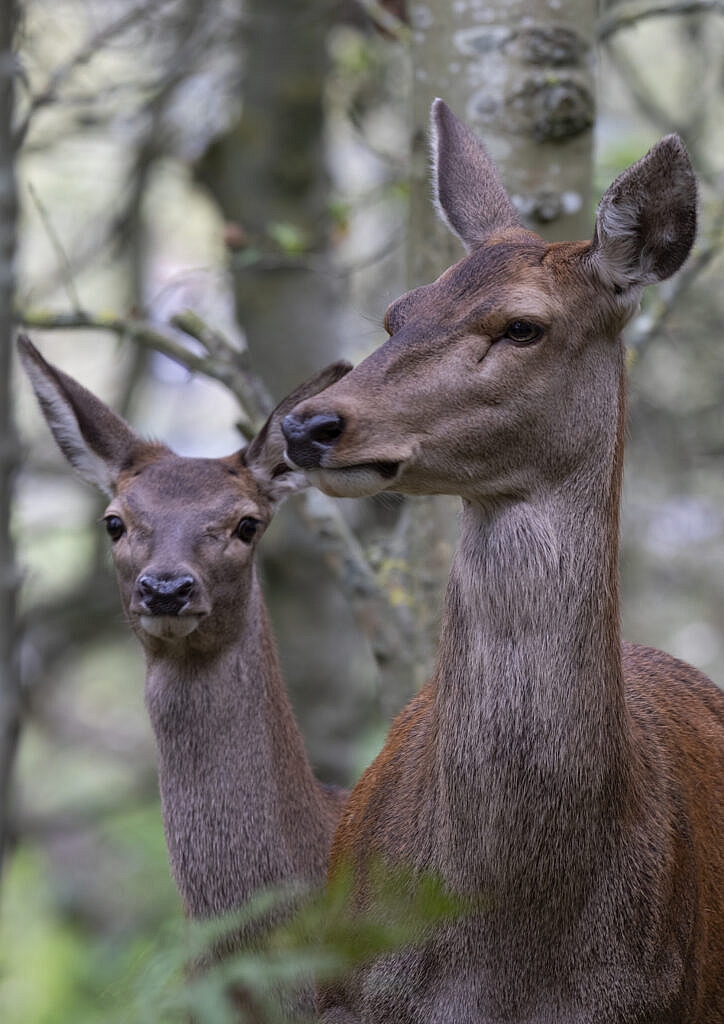
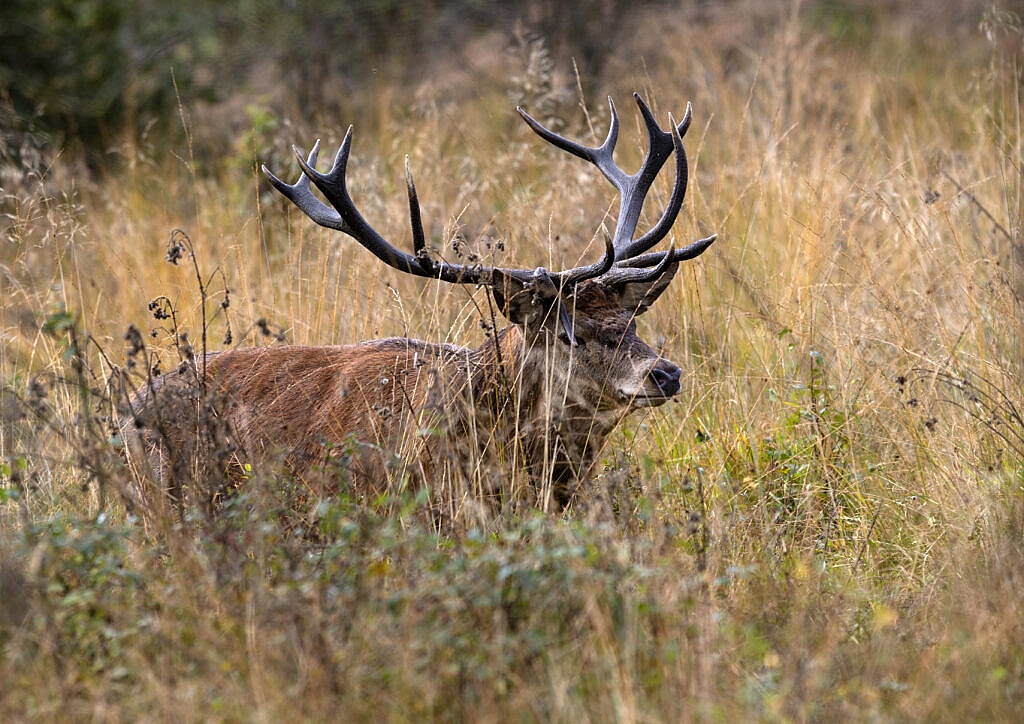
This was the top guys, and he was trotting around with a small herd of does, making sure no other stag tried t steal them away. Although the number of ‘points’, or prongs on an antler is no indicator of age, this was a fully mature stag, in his prime. With 14 points (7 on each antler) he was an ‘Imperial’ stag. Two more would make him a ‘Monarch’, as in the famous painting the ‘Monarch of the Glen’.
The company of a special human and, briefly, the company of a special animal. Now that’s what I call a good day out.
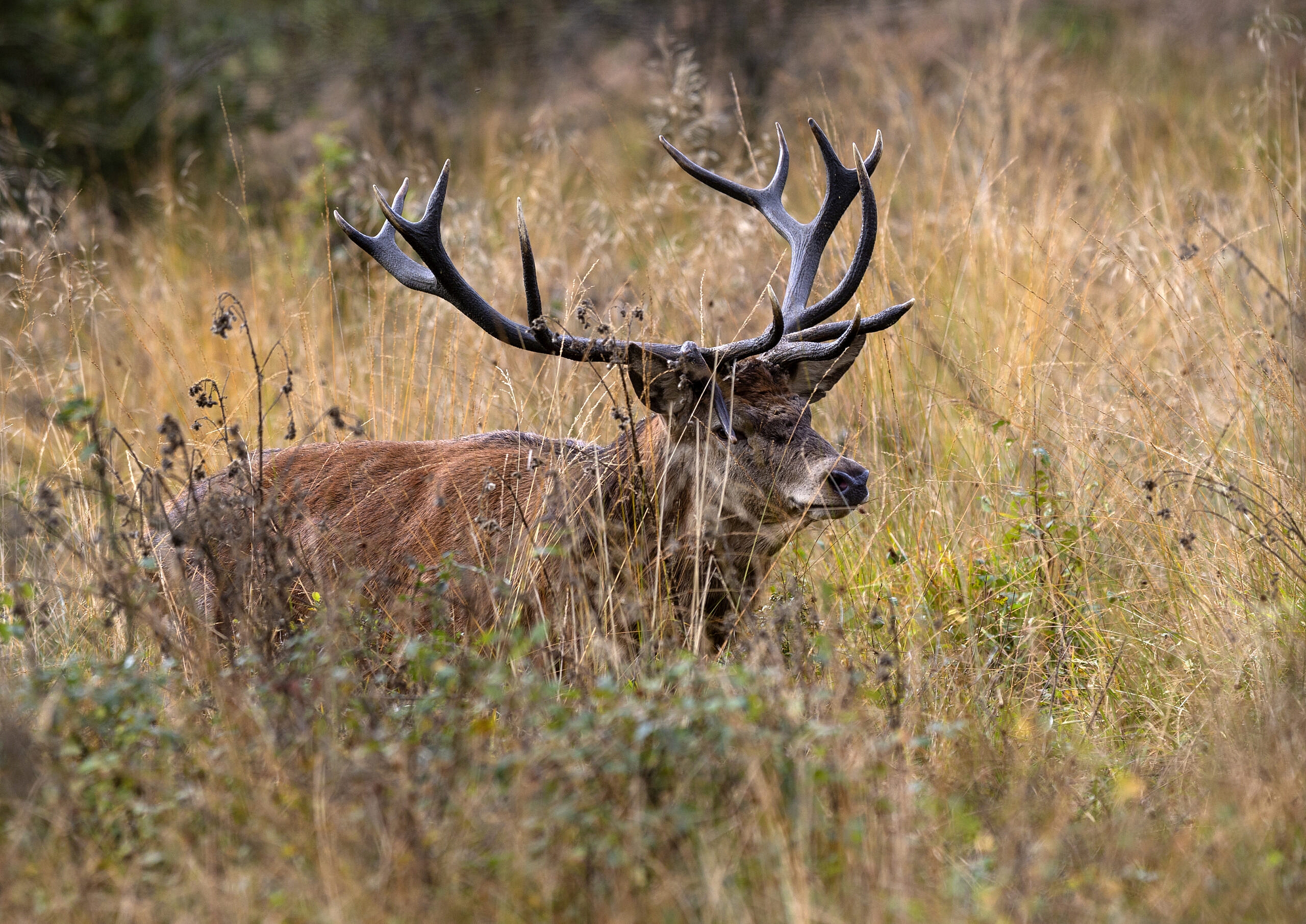

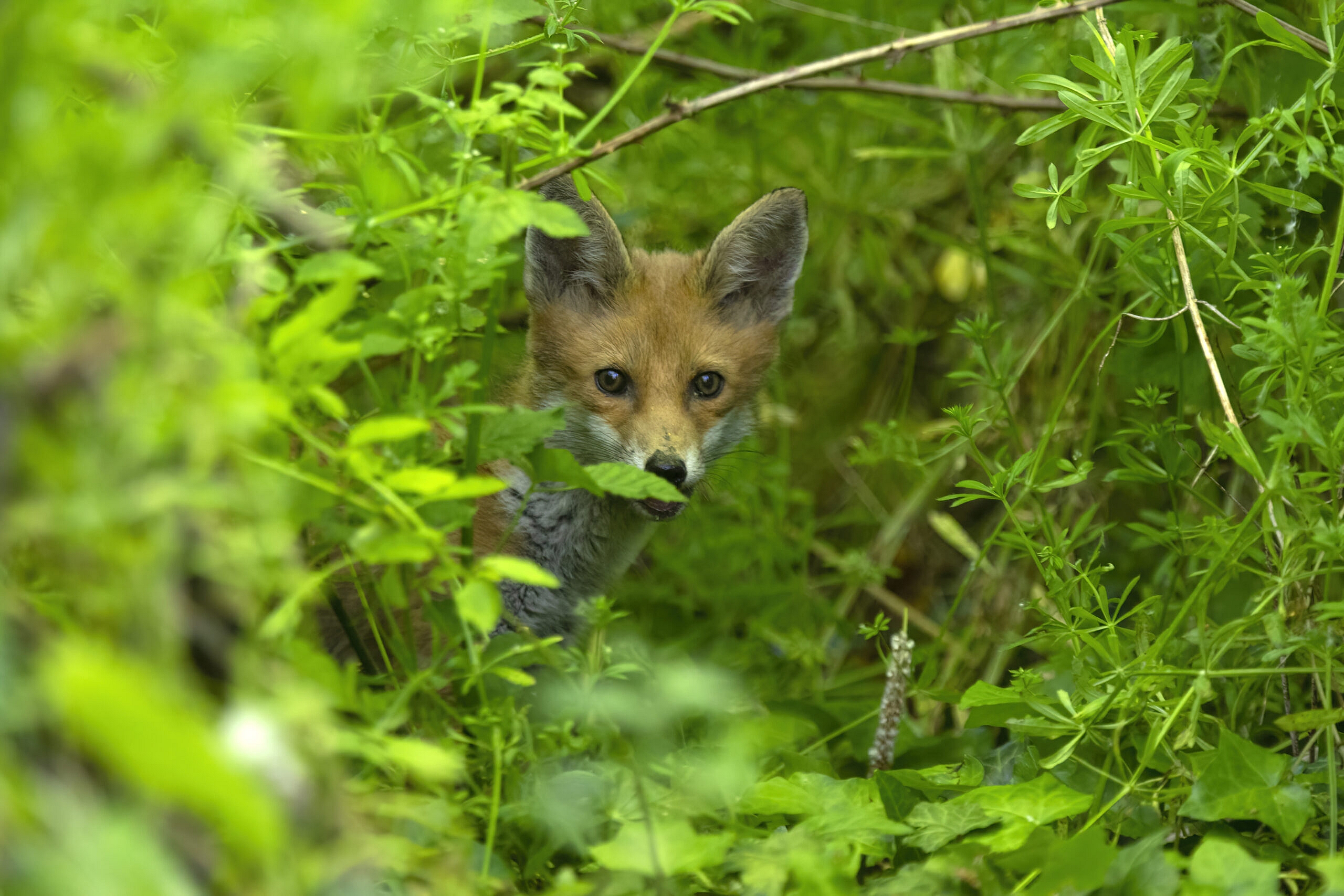
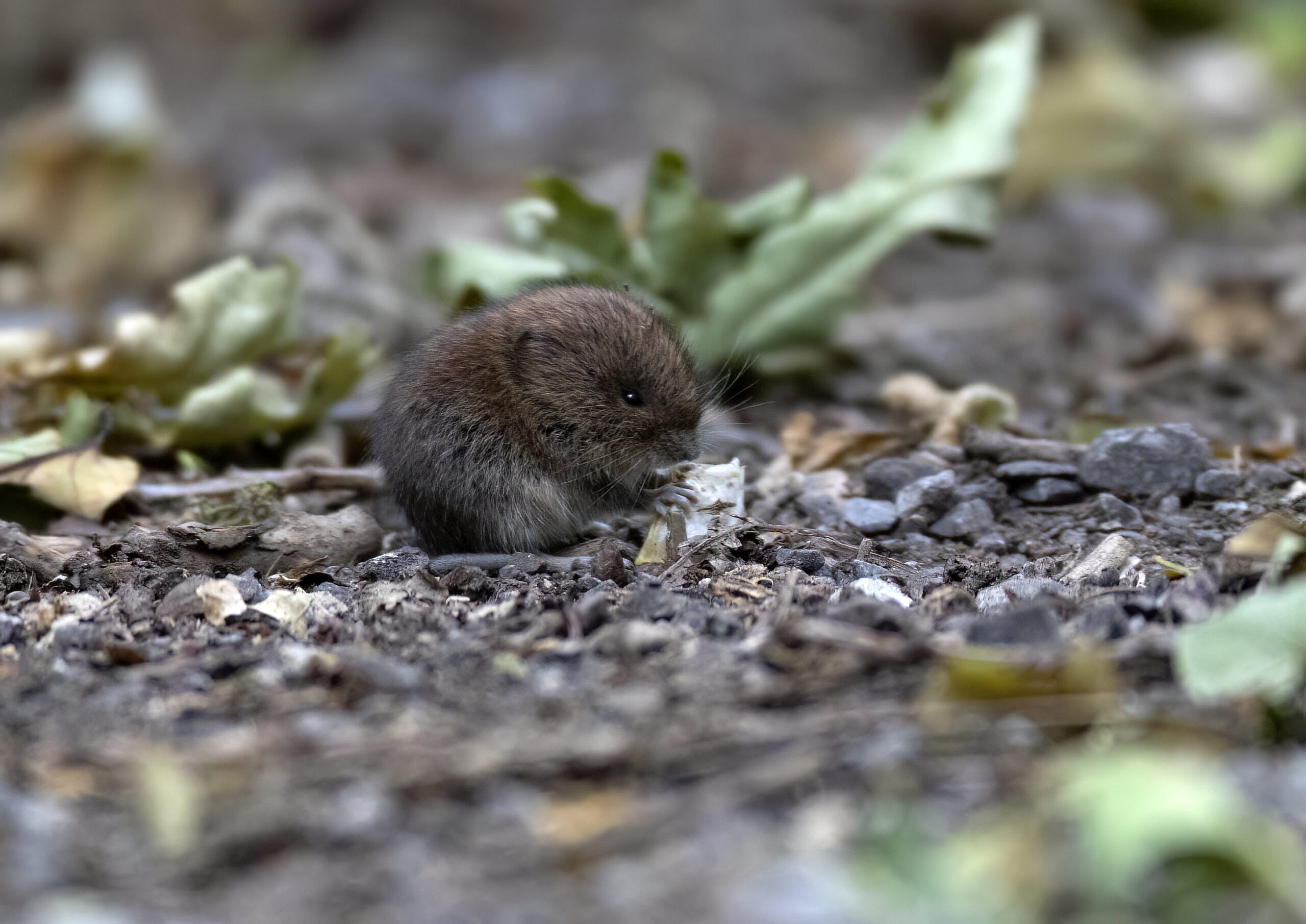



Social Profiles